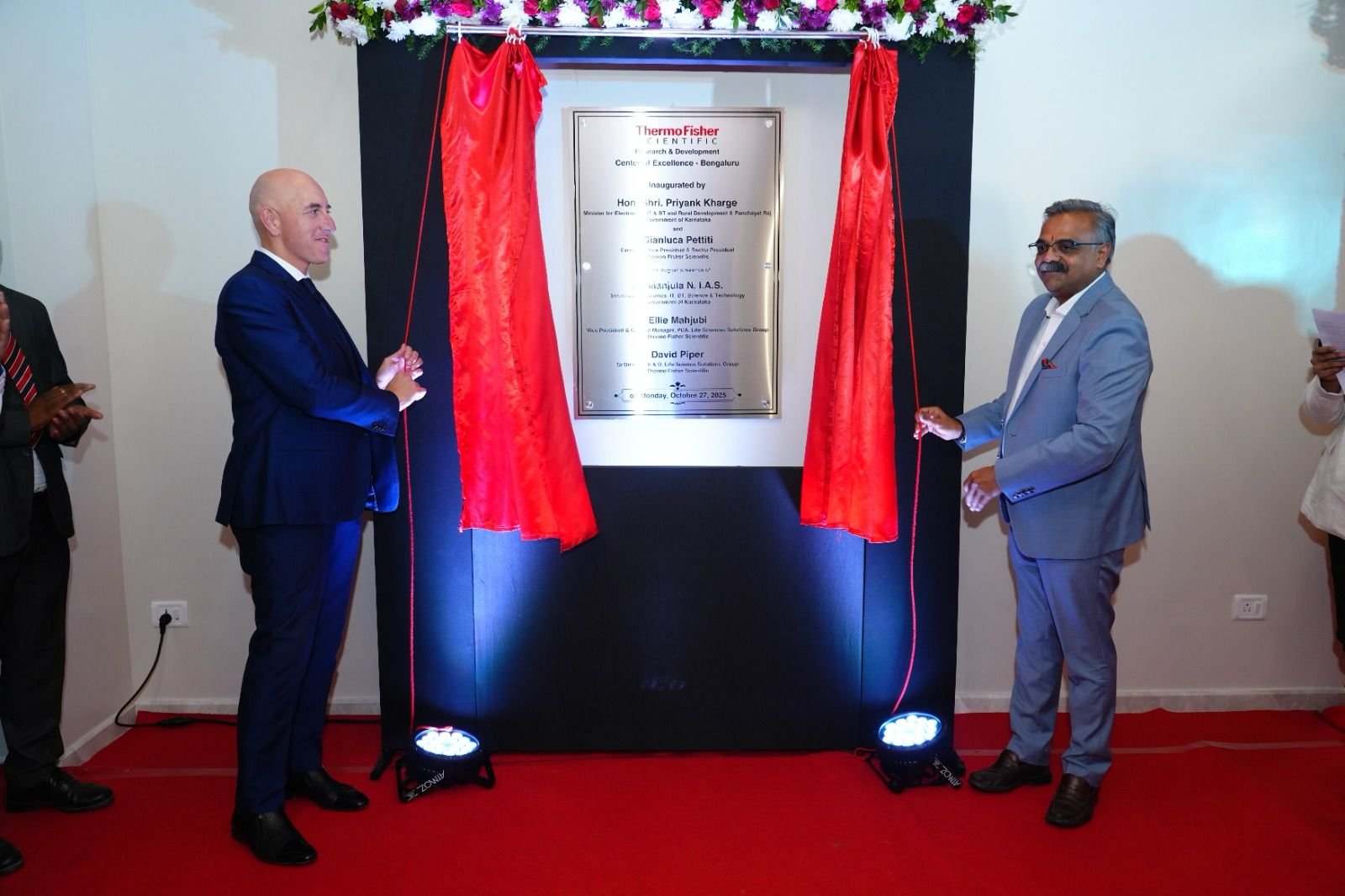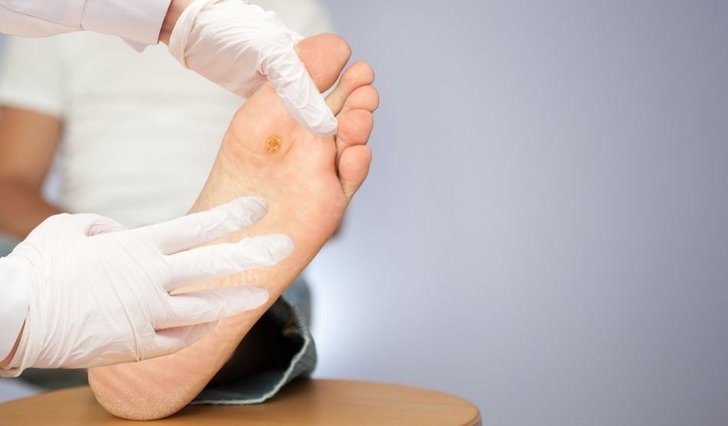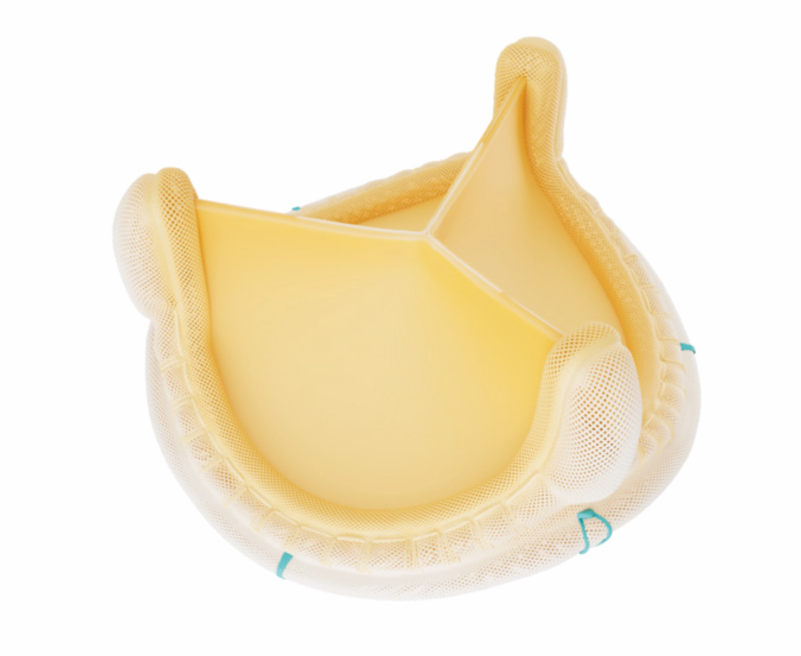Understanding the medical devices market: key to building a strong foundation
March 31, 2020 | Tuesday | Views
Rahul Rastogi, Co-Founder and CEO, Agatsa talks about medical devices market in India
Source: Shutterstock
According to the International Monetary Fund, developing nations including India, Brazil, Mexico and China accounted for more than 60% of the global GDP. With huge internet penetration and a rising middle class, these regions have come to represent a relatively underserved market which holds immense potential for the medical devices industry. Fuelled by drivers including a rapidly ageing population, the demand for quality and affordable healthcare is becoming more pronounced and is pushing the healthcare industry towards some impending transformational changes. Local companies with a remarkable acumen for innovation and R&D are focussed on bringing down manufacturing costs by making use of indigenous materials.
The changing dynamics of healthcare industry
The global medical device industry is transitioning from a transaction-based model to a highly cost-efficient and innovative consumer-oriented model that is reaping on technology base. However, as established markets in the US and Europe face a slump, developing economies are evolving into powerful prospective markets. Despite the fact that changing healthcare dynamics and the emergence of new standards and regulations pushing the market towards increasing complexity and competitiveness, it is growing quickly. Diagnostic imaging, which is the largest segment in the Indian medical devices market, is estimated to bring in more than $ 2.47 billion in the form of revenues in this year alone. Other segments, such as patient monitoring, ECG machines, defibrillators, prosthetic limbs and implants, are jointly expected to reach $1.98 billion by the end of 2020.
A growing tech savvy audience is creating a demand for more sophisticated medical devices taking the market towards greater price sensitivity. As a result, local industries are rising up to meet this demand, with ambitious, new low-cost designs using cutting-edge technologies. Also, device makers are coming up with new ways to edge out competition in this highly volatile ecosystem. The recent price capping initiative by Government of India has also given the much-needed impetus to indigenous players operating in this space. This will give further impetus to home grown technology and innovation while effectively barring foreign companies who sell their FDA-approved products at premium prices from monopolising the Indian market.
Meeting the challenges
Learning from other industries, device manufacturers are giving more importance to minute details at various stages of product design, development and implementation with more increased focus on eliminating excess cost wherever possible. This is an effective approach in order to gain flexibility and profitability in a cash-strapped, price conscious market like India. However, for long term sustainability and success, local players require an impactful implementation strategy that can address a broad spectrum of customer needs. Apart from cost reduction, this challenging environment also requires companies to streamline their processes, and bring in more innovation to capture evolving market requirements. Some key challenges that the industry needs to address in this uncertain and unregulated environment include:
- Maintaining highest product quality standards
- Evaluating new products based on patient experience to enhance efficiency in healthcare delivery
- Warranting a supportive regulatory framework to harbour growth through government support
- Promoting indigenously manufactured affordable medical devices
The way forward
Increasing digitalization and technology adoption in healthcare has led to opening up of many new avenues. From advancing medical testing, diagnostics and surgical procedures to expanding the outreach of healthcare delivery through telemedicine, medical technology has revolutionized the existing healthcare infrastructure in the country. India, has indeed emerged as a potential market, and continues to grow at par with global standards. It is poised to be the next global hub for innovation. And the only way to optimise innovation in such robust and emerging markets is to start from scratch and execute a detailed study of product design, while looking out for potential opportunities. With this in mind, companies manufacturing medical devices need to plan for
- Impactful product innovation with a focus on suitability and sustainability in emerging markets
- Understand the local technology landscape, regulations, and market design.
- Develop pricing and business models based on tried and tested methods.
The future depends on the pace and extent of change absorption in the industry. While the Modi Government’s Make in India campaign is an excellent step in this direction, its impact on building a truly affordable and accessible healthcare system depends on its effective and efficient implementation. While R&D and innovation is already under way, there is also a need to ensure single-window access to registration, patent, and trademarking in the sector. A collaborative approach towards industry transformation with systematic and impactful local innovation will help in making India a global hub for quality medical device manufacturing.









